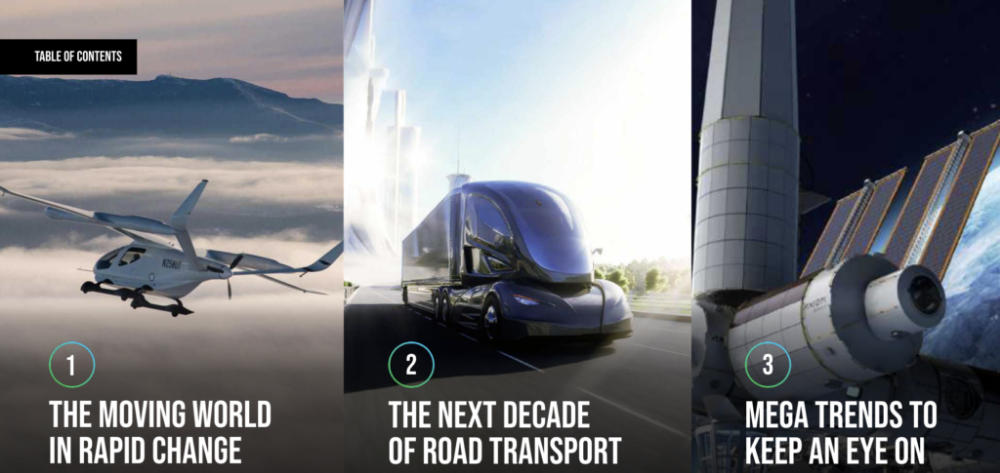, a mobility focused multi-strategy investment firm released its inaugural Moving World Report: 2023 Macro and Micro Trends in Mobility.
The report draws evidence from dozens of interviews and hundreds of research studies to explore the multiplicity of important innovations and market dynamics impacting the movement of people and goods on the ground, in the air, at sea, and in space.
Some of the key takeaways from the report include:
Investment: mobility funding has outpaced most tech sectors
- Mobility VC has seen a 30X increase in funding since 2013
- $130B allocated out of the Inflation Reduction Act towards batteries & renewables, clean transportation, and hydrogen – likely to ignite significant innovation in the domestic US mobility ecosystem
- Last mile and EVs have made up almost 50% of the dollars deployed since 2020 in mobility VC
- 12% of all VC over the last 10 years went to mobility
- Mobility tech stocks have exhibited more volatility than broader markets during the market correction in 2022, likely an artifact of the recent SPAC bubble
Environmental: mobility has become the most important climate segment
- Mobility represents 37% of U.S. CO2 emissions, the largest of any sector, with ground transportation representing 78% of that total, sea transportation at 11%, air transportation at 10%, and rail at just 1%
- 38% of climate tech/sustainability related investment dollars were made in mobility related companies
Batteries: shortages of battery raw materials will impact carmakers’ ability to meet EV
targets — putting EV mandates in conflict with manufacturing reality
- Lithium price index went up almost 800% from 2020-2022
- Battery demand expected to increase by 900% by 2030
- The massive supply/demand dislocation for lithium, cobalt, and nickel is likely to increase the cost of EVs to consumers
- For the first time in 12 years, battery prices are going up per kWh, even though cell energy density is improving
- With current EV mandates, the U.S. is facing an existential national security energy risk by not establishing firm battery supply before pivoting market to 100% EVs
- The U.S. is not well prepared to take on the additional electric load of EVs, at least in states that transitioned rapidly to renewable energy — if every car in California were electric today, electricity consumption would likely increase by 47%
Aviation: radical innovation is required to reverse aviation CO2 emissions trend
- Cargo drones did 192% more drone deliveries in 2022 compared to 2021
- 65,000 pilot shortage is expected by 2030 globally, a massive shortage that could cripple airlines and aircraft manufacturers, particularly regional airlines
- Sustainable Aviation Fuel (SAF) is the only rational pathway to making a real dent in aviation CO2 emissions in the next 10 – 15 years
- Over the long-term, hydrogen offers the most impactful potential strategy for decarbonizing aviation
Space: hypersonic travel and o-planet logistics are coming quickly
- More than a dozen companies are pursuing hypersonic jets
- Lunar exploration will open up new opportunities beyond our imagination with voyages to Mars and a permanent human presence on the Moon just on the horizon
- SpaceX Starship will “change the game,” reducing the cost of getting a kilogram to orbit by orders of magnitude


